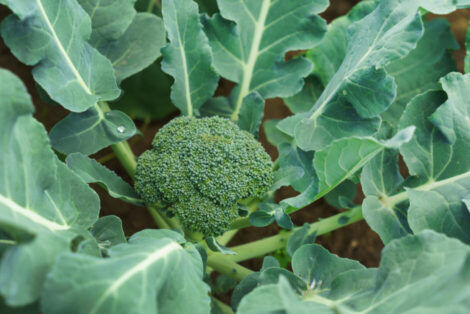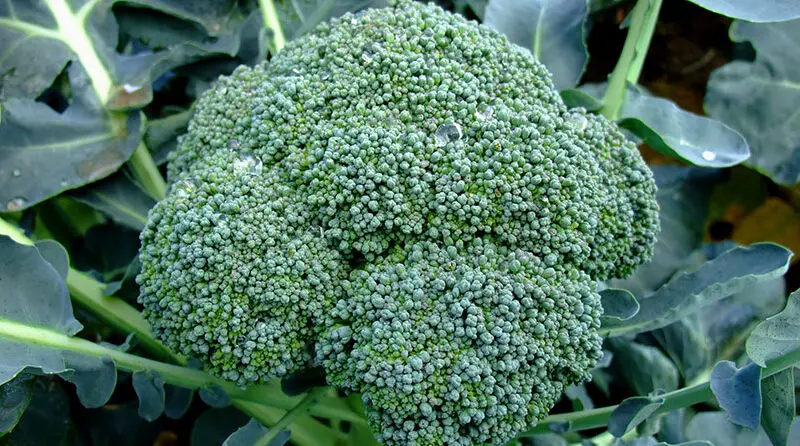The broccoli is a cabbage whose inflorescences form several small bouquets carried by a central branched stem. Broccoli flowers and is ready to be harvested 55 to 85 days after transplanting, and 70 to 100 days from seed.
Broccoli grows almost everywhere, but its preference is for fresh, deep, rich and slightly clayey soils (interesting when the soil is sticky).
Contents
How to care for Broccoli ?
To obtain good results, careful monitoring of watering is necessary. For this reason, late fall crops are easier to grow successfully.
Water regularly and mulch as soon as summer temperatures rise. Broccoli is drought resistant.
As soon as the plants have at least 3 to 4 leaves, transplant directly in place while protecting your crop if this operation must be done before May.
The transplanting of broccoli is done every 15 inches.
This spacing is necessary to leave the plants the place to develop.
Transplant in a well tilled soil.
Water your broccoli regularly but moderately in fine rain so as to maintain a good humidity.
Watering of broccoli :
To develop well, broccoli need regular watering to keep the soil moist.
Water without getting the foliage too wet to avoid fungus.
Mulch the foot of your broccoli to maintain the humidity in the soil.
Hoe regularly to facilitate the passage of water through the soil and avoid weeds.
How to propagate Broccoli ?
In nursery :
– Prepare terrines of a 70/30 mixture of potting soil/garden soil.
– Sow lightly.
– Cover with a thin layer of soil/soil mixture.
– Cup.
– Water and keep moist.
In the ground :
– Amend the soil with mature compost or potting soil.
– Sow very lightly, respecting the distance between rows.
Common diseases and parasites of the

Broccoli
The main enemy of broccoli remains mildew, and moisture is the main cause of mildew development.
Avoid watering the foliage of your broccoli.
Do not overtighten the plants to aerate the foliage as much as possible.
Find our advice to fight against mildew
Note also that broccoli can be the target of aphids and, of course, caterpillars.
For these 2 parasites, avoid at all costs chemical treatments that could contaminate your vegetables and the soil in which they grow.
Good practices to avoid broccoli diseases as much as possible
– Leave enough space between the plants, 50 cm in all directions.
– Practice regular crop rotations of the Brassicaceae family: watercress, cabbage, turnips, rutabaga, rocket, radish, Japanese horseradish for the best known.
– Avoid planting broccoli on acid soils, which are often light and sometimes sandy. It is possible to add lithothamnes (seaweed-based powder) to lower the acidity level.
– Water regularly and make sure that the soil is not permanently wet.
– Clean and disinfect garden tools to avoid passing diseases and pests from one crop to another.
These will not “certainly” prevent disease, but they will go a long way to preventing it.
Summary
Broccoli is a cauliflower. There are some varieties from 15 to 30 inches high. They are generally green and sometimes purple (violet). It reaches maturity 55 to 85 days after a shoot by transplanting, and 70 to 100 days after a shoot from seed.








